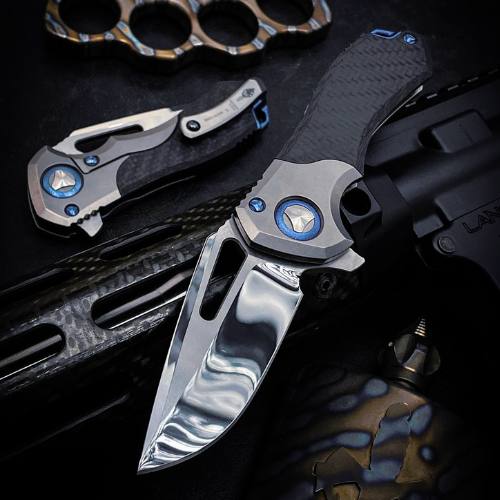The knife is an indispensable household tool. There are three types of kitchen knives, including the paring knife, chef’s knife, and serrated knife. Yet there are other knives that make cooking significantly simpler. Each knife has a distinct use, such as the most often used chef’s knife. Yet, how will it function if the blade is dull? Knowing how to clean a knife blade makes sense.
It is not sufficient to just clean the knife. In reality, you must clean it to preserve its original appearance. But, regardless of how carefully you clean it, continuous use can dull and ruin its appearance. If you discover that your knife’s sheen has diminished, you should polish it. You may believe that polishing the blade is a simple task. Indeed, it is. Nonetheless, there are useful techniques to simplify the procedure.
Where to Start Polishing the Knife Blade?
Before beginning to clean the blade, it is necessary to first comprehend its significance. Polishing a knife involves refining its edge, sharpening it, and giving it a glossy sheen. It is also another method for eliminating flaws and nicks. As you polish a knife, you simultaneously sharpen its blade. Hence, the procedure allows you to kill two birds with one stone.

Easy Steps to Polish the Knife Blade
1. Cleaning
Cleaning the knife’s blade is the first step prior to polishing. It is necessary to clean the accumulated dirt before rust may be effectively eliminated. We advise using a moderate cleaning solution rather than water. Because water trapped on the blade might cause rusting. Use a delicate fabric to apply the cleaning solution.
2. Removing the Rust
After removing the dirt, the rust must be eliminated.
Apply a thin coating of the rust remover on the blades.
Infuse a clean towel with oil. Cover the knife with the towel for at least two hours. Rust will be loosened by the cleaning solution.
Take the knife from the towel and brush off the rust with an abrasive cloth.
Use a clean cloth to remove any extra grime and oil from the blade.
3. Restoring the Luster and Sharpness of Your Knife
Things needed:
- Wet paper towel
- Oil
- Sandpaper
- Hoppes No.9
- Small dish
- Brass brush
- Metal polish
By cleaning the blade of your knife, the sheen, and edge will be restored. How to proceed?
Step 1. Do a nice wipe down
Then, use a damp paper towel and wipe the blade of the knife downward. Clean not just the blade but also the handle’s interstitial regions. It will remove dirt and dust, but not filth and rust, which require extensive greasing.
Step 2. Spray with oil
Spray a little amount of the penetrating oil all over the knife, focusing on the blade joints. You may see that the opening and shutting of an antique knife that has been stored for a long time feels shaky. The penetrating oil will function as a lubricant. Rinse the knife after removing the oil with a paper towel or cleaning cloth. Repeat the procedure as necessary.
Step 3. Work on the knife’s blade
Dip a tiny piece of 320-grit sandpaper in Hoppes No. 9 in a small dish. Scrape the blade. After a few minutes, the collected filth will be eliminated. Rub it vigorously. With 400-grit sandpaper, rub the blade one more. Remove any extra dirt and oil using a rag. Repeat the method as many as required until the desired result is achieved.
Step 4. Clean the finer grooves
Once the blade has been polished, clean the finer grooves and the hinge. Use a brass brush to clean hinges and grooves that are difficult to reach. You may also dip the brush into the cleaning solution to remove filth and rust particles. Use a towel to remove the extra oil.
Step 5. Apply a metal polish
After completing the aforementioned four processes, it is time to clean the blade using metal polish. It will assist in restoring the original luster.
The blade can also be polished by sharpening it on a fine stone. Do not forget to rasp the edge after rubbing on a stone. In addition to sharpening the edge, it will also improve the finish. For many individuals, stropping is the final stage in the blade polishing process.
Bottom Line
Knowing how to polish a knife is an essential skill for everybody who owns a knife. By cleaning your knife frequently, you can preserve its look and avoid rust and corrosion. Many processes are involved in the process of polishing a knife, including washing the blade, adding a polishing compound, and buffing the blade to a sheen. It is essential to use the correct equipment and methods to avoid harming the blade or handle. Whether you are a professional chef or a casual knife enthusiast, taking the effort to properly maintain your knife can help to guarantee that it remains sharp, practical, and in outstanding condition for many years.
